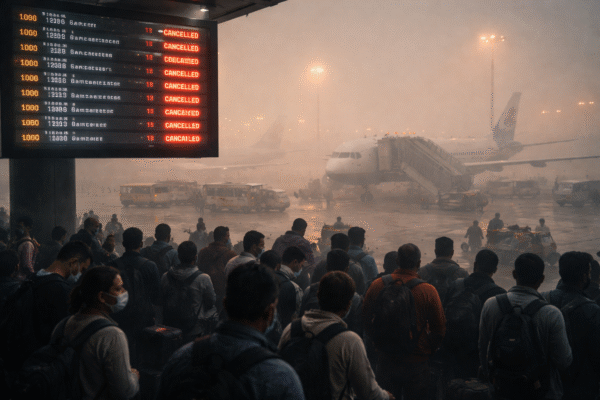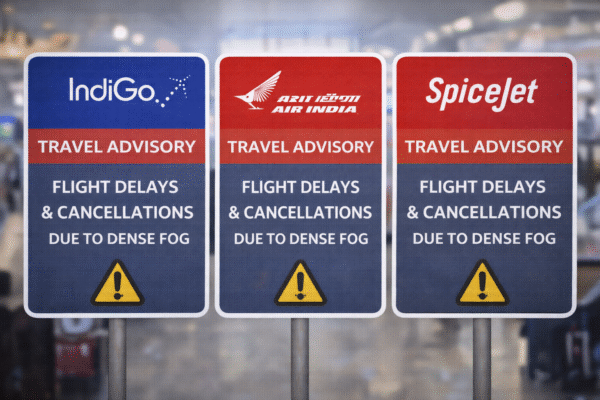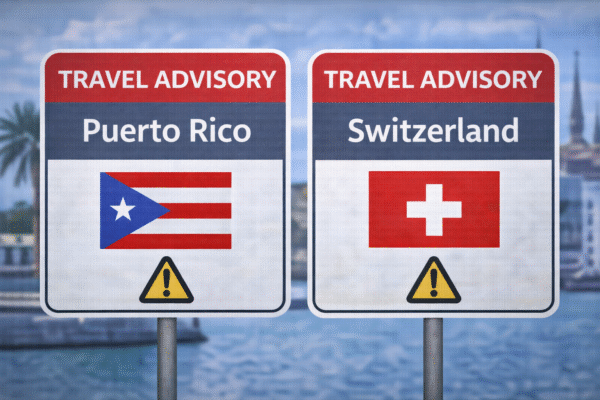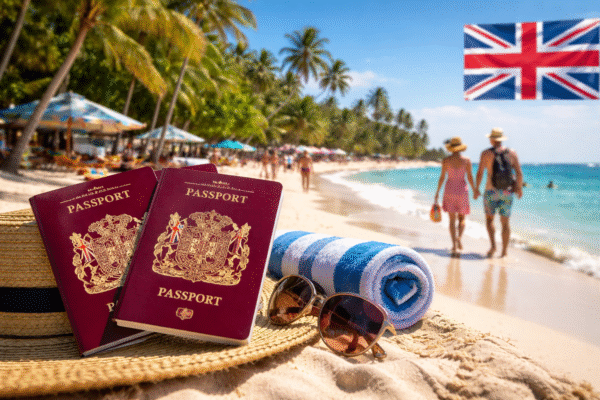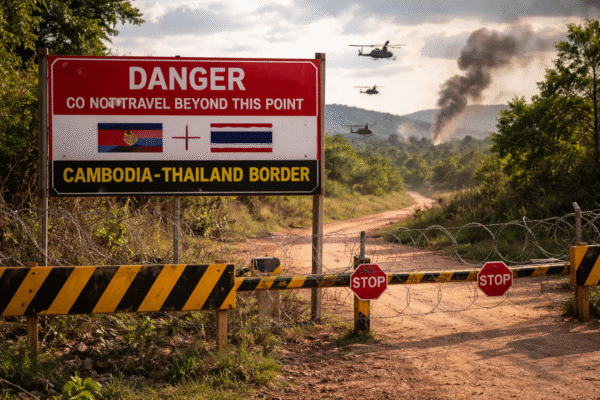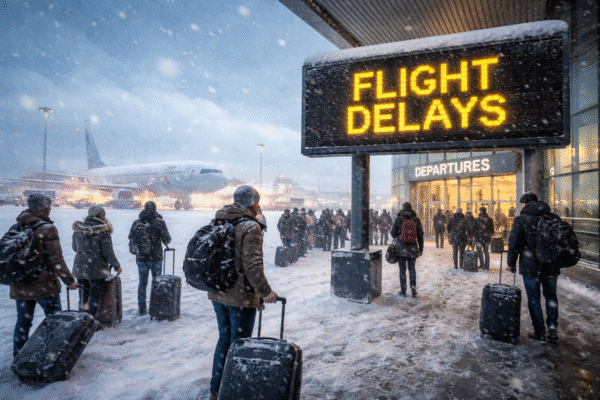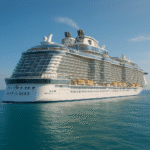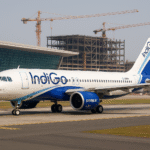Sri Lanka to Launch On-Arrival Tourist Driving Licences at Airports from August 2025 to Boost Self-Drive Tourism
Colombo, Sri Lanka – In a landmark move aimed at enhancing travel freedom and improving accessibility for international visitors, the Sri Lankan government has announced that starting August 2025, foreign tourists will be able to obtain temporary driving licences on arrival at the country’s main international airports. The initiative is part of a broader push to encourage self-drive tourism and make Sri Lanka a more competitive and traveler-friendly destination in the post-pandemic era.
Announced by the Department of Motor Traffic (DMT) and the Ministry of Tourism, the reform eliminates the outdated requirement for tourists to visit the DMT’s Werahera office in Colombo to secure a temporary driving permit. Previously, this step involved bureaucratic delays, logistical challenges, and long wait times—often deterring tourists interested in exploring the island’s diverse landscapes by road.
Under the new airport-based licensing system, international travelers will now be able to secure their tourist driving permits directly at arrival terminals, significantly reducing red tape and wait time.
Seamless Road Travel Experience Upon Arrival
The move will first be implemented at Bandaranaike International Airport (CMB) in Colombo, Sri Lanka’s busiest gateway, followed by regional international airports such as Mattala Rajapaksa International Airport (HRI) and Jaffna International Airport (JAF).
Designated licensing counters will be strategically placed near immigration and customs areas. Tourists can apply for a temporary driving permit immediately after passport clearance, ensuring faster access to rental vehicles, taxis, or personal transport.
Officials at the Ministry of Tourism explained that the reform was created in response to consistent feedback from foreign travelers and tour operators regarding the inefficiency of the previous system. “By offering permits directly at the airport, we reduce friction in the tourist journey and give travelers the tools to explore the country more freely,” said a senior official at the Sri Lanka Tourism Development Authority (SLTDA).
Required Documents and Expected Process
While the full operational manual is yet to be published, the process is expected to be digitally streamlined. Tourists will need to present the following documents:
- A valid foreign driver’s licence
- An International Driving Permit (IDP) (where required)
- A valid passport and Sri Lankan visa or ETA confirmation
- A passport-sized photograph (may be taken on-site)
The application fee is likely to be payable in local currency or via card, and permits will typically be issued for the duration of the tourist’s stay, up to 30 or 90 days depending on the visa type. Authorities are also considering multi-language service options and a 24/7 help desk at airports.
Boost to Sri Lanka’s Tourism Economy
The Sri Lanka Tourism Promotion Bureau (SLTPB) has welcomed the development, stating that this reform will stimulate regional travel and support small-scale tourism providers, including local guesthouses, homestays, and rental car companies.
Tourists exploring off-the-beaten-path regions—like Ella, Arugam Bay, Nuwara Eliya, and Yala National Park—will benefit significantly from improved access to self-drive options. Many of these areas are underserved by public transport, and the new licensing system is expected to increase mobility to rural and eco-tourism zones.
Economists predict that more self-drive visitors will lead to increased expenditure on accommodation, fuel, local food, and entry fees to heritage and nature sites, thereby contributing to local economic upliftment.
Learning from Global Best Practices
Sri Lanka joins a growing list of destinations worldwide offering on-arrival tourist driving permits, aligning itself with international travel mobility standards. Countries like Japan, the UAE, New Zealand, and parts of Europe have long offered similar services, recognizing the value of independent travel.
“Today’s travelers are more experience-driven and time-conscious. Providing easier access to self-driving rights will position Sri Lanka as a country that values visitor freedom and innovation,” said Chamari Rodrigo, a tourism researcher at the University of Colombo.
Promotional Campaigns and Public Awareness
To support the rollout, the Sri Lanka Tourism Ministry is set to launch a nationwide digital and airport-based awareness campaign. This will include:
- Multilingual signage at arrival terminals
- Step-by-step guides via the official Sri Lanka Travel website (www.srilanka.travel)
- Mobile app integration with licensing details
- Support from international travel agents and car rental companies
Training sessions for airport staff and tour guides will also be conducted to ensure the transition runs smoothly.
Looking Ahead
With tourism contributing nearly 12% to Sri Lanka’s GDP in pre-pandemic years and visitor numbers steadily rebounding in 2025, this new licensing policy is seen as a strategic upgrade to the national tourism infrastructure.
The initiative reflects a forward-thinking approach to welcoming global travelers and expanding experiential travel models beyond the capital and resort zones. As Sri Lanka continues to rebuild its tourism economy post-crisis, such traveler-first policies are expected to set the island nation apart from regional competitors.
Whether visitors wish to surf along the eastern coast, trek through tea country, or follow the Ramayana Trail, driving independently now becomes a far more convenient and accessible option.
For more travel news like this, keep reading Global Travel Wire





